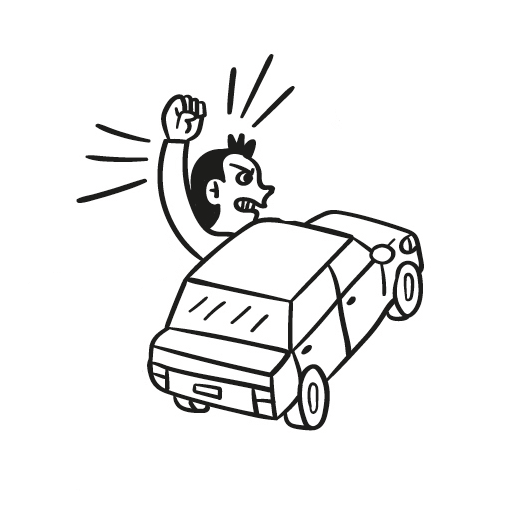Simple post, complex math.
Many studies over the years have shown that changing lanes multiple times on a congested highway during a commute doesn’t save much time. In fact:
- It may cost you time
- It may cost everyone on the commute time
- It causes a lot of stress (and road rage) for many
- It causes many more changes for collisions
Proof? Well, the math and research shows the lack of time savings. The emotional component of “winning” the race and what impatient drivers feel in their gut doesn’t seem to overcome reality.
Perhaps this is one place where AI driving could be a help? (I kid you, I kid you…)
Citations
- Blog post from an insurance company with deeper citations.
2. Here’s a table calculated by a prompt to an AI engine:
| Driver Type | Avg. Speed (mph) | Commute Time (min) | Time Saved vs. Steady Driver |
| Steady Driver | 35 | 34.3 | 0 |
| Occasional Changer | 35–36 | 33.3–34.3 | 0–1 |
| Aggressive Changer | 36–37 | 32.4–33.3 | 1–2 |
In practice, the difference is usually less than a minute.
Based on this prompt:
Suppose a 3-lane highway is 20 miles long and is a commuter route. The speed limit is 55 MPH, but the average speed during rush hour is 35 miles per hour, often stopping completely with a few areas where traffic can drive at the speed limit or higher for 1/10 of a mile or so. If 90% of the traffic follows the flow of traffic and rarely change lanes, 5% of traffic changes lanes twice during their portion of the commute, and 5% of the traffic change lanes aggressively and often, cutting off other traffic with almost every lane change: How much time, if any, will the aggressive drivers save over their 20 mile commute compared with the drivers who are occasional lane changers and the drivers who rarely change lanes for the whole commute? Is there a simple way to show the math?

Leave a Reply